This article was medically reviewed by Luba Lee, FNP-BC, MS. Luba Lee, FNP-BC is a Board-Certified Family Nurse Practitioner (FNP) and educator in Tennessee with over a decade of clinical experience. Luba has certifications in Pediatric Advanced Life Support (PALS), Emergency Medicine, Advanced Cardiac Life Support (ACLS), Team Building, and Critical Care Nursing. She received her Master of Science in Nursing (MSN) from the University of Tennessee in 2006.
There are 12 references cited in this article, which can be found at the bottom of the page.
This article has been viewed 80,210 times.
Many people overeat. Sometimes we're aware that we're overeating, but sometimes we don't even notice. For some people, overeating can be a problem and can lead to a number of health problems. Luckily, there are many ways to determine whether or not you're eating too much.
Steps
Measuring your Food
-
1Calculate your recommended daily caloric intake. Your recommended daily calories depend on your age, size, and activity level. They also depend on whether you’re trying to lose weight, gain weight, or maintain your current weight.[1]
- Use an online calculator to determine how many calories you should consume each day or read this wikiHow article, How to Calculate Your Total Daily Calorie Needs.
- You can also see a personal trainer or a nutritionist for an in-person consultation about how much you should be eating.
- Heart rate monitors can be worn to determine exactly how many calories you burn each day.
-
2Measure servings before eating. Even if you don’t have a food scale or measuring cup, you can estimate your portions. A cup is about the size of the average person’s fist. A tablespoon is a little bigger than your thumb tip.[2]
- Some things come packed in single servings. For example, you can buy single servings of yogurt, juice, or even frozen dinners. These items should have nutritional information per serving on the package.
- Remember to measure the amount you would normally eat. If you measure less than that, you won’t know whether you’re usually overeating or not.
Advertisement -
3Calculate the amount of food you usually eat. Choose a day and eat as you normally would; however, write down everything you’ve eaten that day and how much of each item. Add up the calories and compare them to your recommended daily intake.[3]
- Many online databases offer free calorie estimates for thousands of foods.
- Do your best to estimate. If you eat at restaurants, or if someone else does your cooking, you may need to guess at the calories; however, you can also ask the chef about ingredients and cooking methods. At a restaurant, you can say, “Do you know if this was sautéed in butter?” or “Was this fried?” if you’re not sure.
-
4Compare how much you eat to your recommended daily intake. This will tell you if you are overeating. For example, if your recommended caloric intake is 1,800 calories per day, but you’re eating 2,200, you’re overeating by 400 calories.
- You may want to calculate how much you eat for a few days and take an average. Only calculating for one day might not give you the most accurate results.
- Exercise will affect your results. For example, if one day you burn 500 calories exercising, you will be able to eat 500 extra calories without overeating.
Eating Slowly
-
1Drink a glass of water. It takes 20 minutes for the brain to register that the stomach has become full. When our stomachs fill with water, the stomach begins to send those messages to the brain. This will help you eat more slowly, because the brain will register fullness earlier. [4]
- Many people mistake feelings of thirst for feelings of hunger.
- Staying hydrated throughout the day can also prevent you from feeling ravenous at mealtimes. Drink at least eight 8-oz glasses (2 liters) of water daily.
-
2Sit down to eat. If you’re walking around or distracted while you eat, chances are that you’re eating quickly and without thinking. When you sit down, you’re carving out a time that is only for eating.
- Avoid distractions even when sitting down. Turn off the TV or computer.
-
3Put down your utensil between bites. This is a great trick to help you eat more slowly. After taking a bite, put down your utensil while you chew. Only pick the utensil back up once you’ve swallowed.
- If you’re dining with a friend, you can chat between bites, too. Put your utensil down while you engage in conversation. Then, pick it up when you’re ready for another bite.
-
4Eat before you get too hungry. If you let yourself get too hungry during the day, you’re likely to overeat later. You’re also more likely to eat very quickly to make the hunger go away, which may result in you "stuffing" yourself.
- If you’re so busy that you forget to eat or don’t have time, plan ahead. Pack a snack in your car or backpack.
- If snacking between meals is not an option, you can still try to slow down at mealtime. Remind yourself that eating faster won’t actually make you feel full faster.
-
5Eat in phases or courses. Rather than putting all of your food on your plate, serve yourself a little bit at a time. This has been proven to slow down the eating process.[5]
- Divide meals into different courses. For example, serve yourself salad before you have your main course, rather than putting both courses on your plate at the same time.
- You can divide a meal into smaller servings and eat one serving at a time. Keep additional servings off your plate so you have to physically get up and walk over to have another serving.
-
6Stop eating when you’re almost full. This can be difficult if you aren’t used to stopping before you’re full. Aim to stop eating when you’re 80% full. This may mean eating less than you usually do.
- After you’ve eaten to 80% fullness, ask yourself if you still feel like eating. You may be used to eating more. If you feel the urge to eat more, even though you’re not hungry, this could be a sign that you usually overeat.
Eating Mindfully
-
1Determine whether you practice emotional eating. Many people eat out of boredom, or because they feel stressed, tired, or anxious. If you eat when you’re not hungry, you may be an emotional eater. Emotional eating is often related to overeating, because emotional eaters are not eating for nutrition or because they are hungry.[6]
- Learn to handle stress in positive ways. When you are stressed out you crave high fat, high sugar and processed foods that can lead to overeating by triggering release of insulin. Utilize deep breathing techniques, meditation, or journaling to manage stress.
- Try taking notes on what you eat and how you are feeling emotionally. If you notice a correlation between feelings and eating, you may be an emotional eater.
- Check your fullness level. When you notice yourself reaching for a snack, stop and ask yourself if you’re actually hungry. If the answer is often “no,” you are probably engaging in emotional eating.
-
2Check your fullness level while you eat. Before you scarf down your entire sandwich, stop for a moment. Put down your food and take a breath. Ask yourself if you’re still hungry. If so, how hungry are you? If you’re surprised to find that you’re actually satisfied but had planned to finish your meal, you may be used to overeating. By monitoring your satiety in this way, you can become more mindful and avoid overeating.
- Try rating your hunger level on a scale of 1 to 5. Make a goal to eat when your hunger level is at a 2, stop when your hunger level is at a 3, and avoid levels 4 and 5.
- Level 1 is when you are starving because you haven't eaten in a long time.
- Level 2 is when you are hungry and ready to eat.
- Level 3 is when you feel satisfied.
- Level 4 is when you feel full.
- Level 5 is when you feel like you're "stuffed."
- Try rating your hunger level on a scale of 1 to 5. Make a goal to eat when your hunger level is at a 2, stop when your hunger level is at a 3, and avoid levels 4 and 5.
-
3Check again. Once you’ve checked in halfway through your meal, check in again a bit later. If you’ve eaten half of the food on your plate at your first check-in, but are still hungry, eat half of what is left. Once you’ve eaten that half, check in again.
- If you now feel satisfied, stop eating. Notice if you still have the urge to finish your food, even though you’re not hungry. If you do, you may be used to overeating.
-
4Avoid eating out of boredom. Eating due to boredom is another form of emotional eating. When we eat because of boredom, we rarely notice what or how much we’re eating. For example, you may open a bag of chips and not even notice how many you’re eating until you’ve finished the bag.[7]
- It’s perfectly okay to snack, but stay aware of what you’re eating and how much. Put a specific number of chips on a plate and eat them consciously.
- If you have the urge to eat because you’re bored, stop yourself. Think of something else you could do instead. You could do the dishes, take a walk, brush your teeth, read a book, or chat with a friend. Many activities can take the place of eating simply because you’re bored.
-
5Learn to listen to your body’s fullness signals. This can be difficult to learn if you’re not used to it. If you don’t know when you’re full, ask yourself a series of questions to determine what your body needs.[8]
- Has your hunger subsided?
- Does the food still taste good? Is the taste the only reason you’re still eating?
- Will you be able to get up from your meal and comfortably walk around?
- Do you feel tired from how much you’ve eaten?
- Have you eaten enough to last until your last meal?
-
6Listen to your clothing. If you’re not sure what your body is telling you, try listening to your waistband. If the waistband of your pants begins to feel tight or uncomfortable, you are most likely full or even overly full.[9]
Making Lifestyle Changes
-
1
-
2Eat high protein, low-glycemic index foods. It is long has been known that filling up on high-quality protein foods[11] such as legumes, chicken, fish, and almond butter, combined with low-glycemic index foods such as cucumbers, carrots, celery, yellow squash and sprouted bread keeps you feeling full and prevents overeating.[12]
-
3Surround yourself with positive people. Having supportive friends and role models in your life will make you want to imitate them and strive to be better every day. This can help motivate you to reach your goals, which may include putting a stop to overeating.
-
4Manage depression or other psychiatric disorders. While depression can lead to under eating, it also can lead to overeating. Managing your depression with exercise, food, counseling and possibly medication can help with overeating.[13]
-
5Take nutritional supplements. Fish oil, chromium, conjugated linoleic acid are examples of some supplements that can help with feeling of satiety and prevent overeating. Talk to a doctor or pharmacist before taking supplements, as they can react with other medications you may be taking.
Warnings
- Overeating can be related to obesity, diabetes, hypertension, and other health problems. If you’re concerned that you’re eating too much, ask your doctor or a nutritionist for advice.⧼thumbs_response⧽
References
- ↑ https://health.gov/our-work/food-nutrition/2015-2020-dietary-guidelines/guidelines/appendix-2/
- ↑ https://www.nia.nih.gov/health/serving-and-portion-sizes-how-much-should-i-eat
- ↑ http://www.huffingtonpost.com/irene-rubaumkeller-/how-do-you-know-when-to-s_b_102074.html
- ↑ http://www.health.harvard.edu/blog/why-eating-slowly-may-help-you-feel-full-faster-20101019605
- ↑ https://www.psychologytoday.com/us/blog/comfort-cravings/201604/how-eat-slower-6-strategies
- ↑ http://www.mayoclinic.org/healthy-lifestyle/weight-loss/in-depth/weight-loss/art-20047342?pg=2
- ↑ http://www.mayoclinic.org/healthy-lifestyle/weight-loss/in-depth/weight-loss/art-20047342?pg=2
- ↑ https://www.uofmhealth.org/health-library/aa155258
- ↑ http://www.dummies.com/how-to/content/recognizing-when-youre-hungry-and-when-youre-full.html
- ↑ http://joe.endocrinology-journals.org/content/193/2/251.short
- ↑ https://www.hsph.harvard.edu/nutritionsource/what-should-you-eat/protein/
- ↑ https://www.health.harvard.edu/diseases-and-conditions/glycemic-index-and-glycemic-load-for-100-foods
- ↑ https://www.helpguide.org/articles/diets/emotional-eating.htm
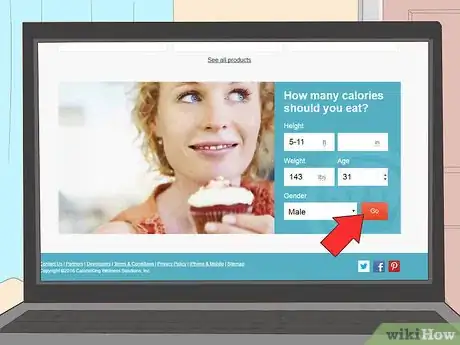
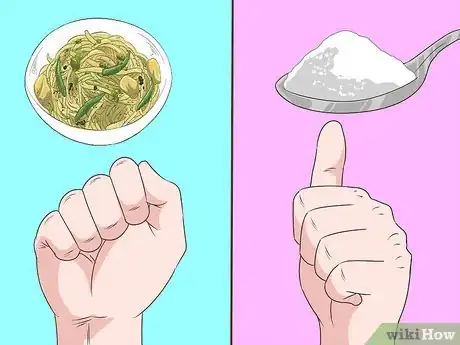
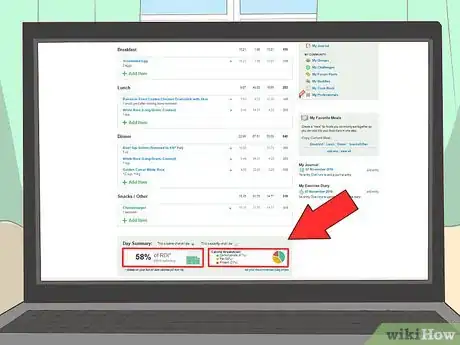
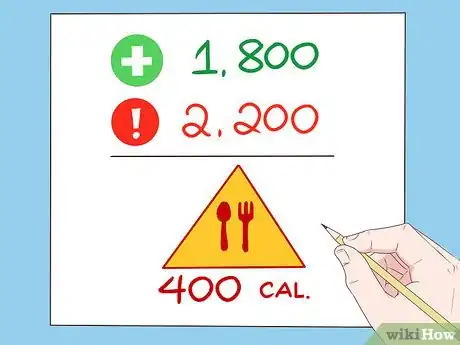

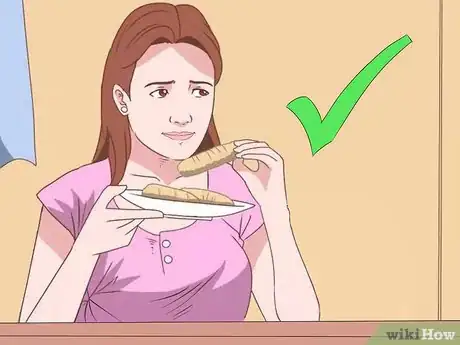
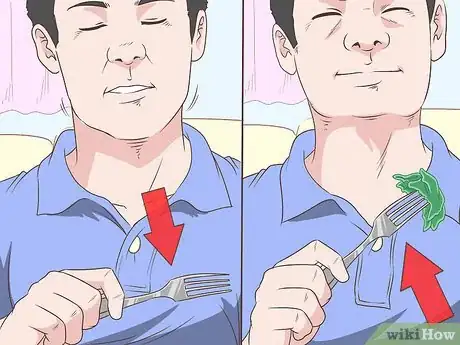
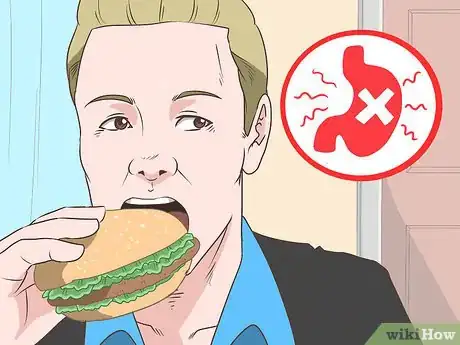
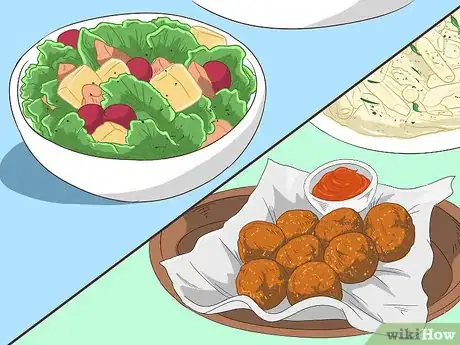
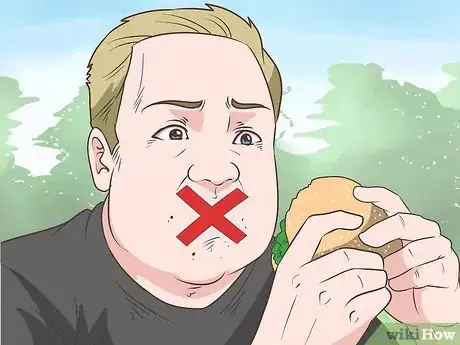
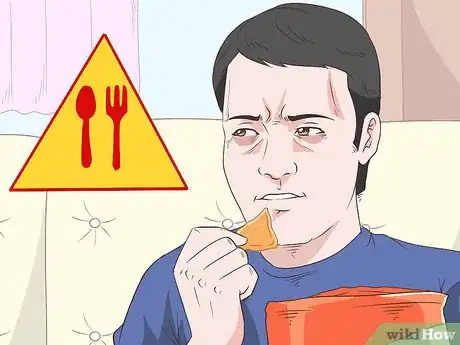
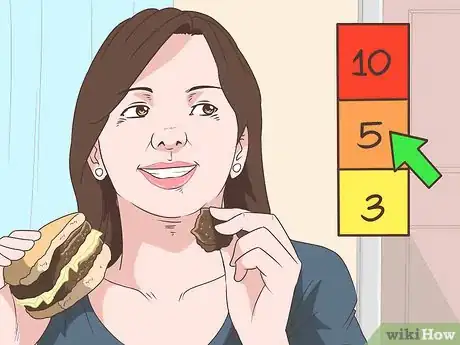
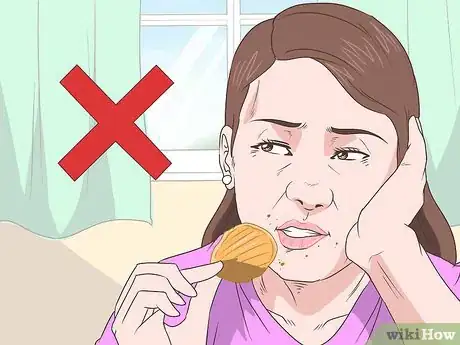

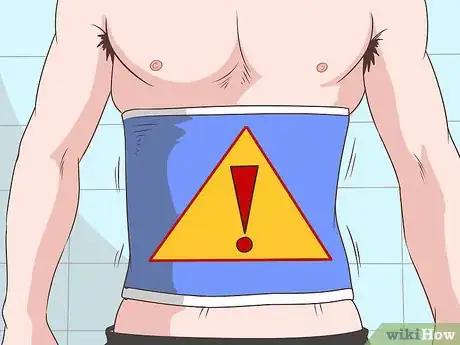
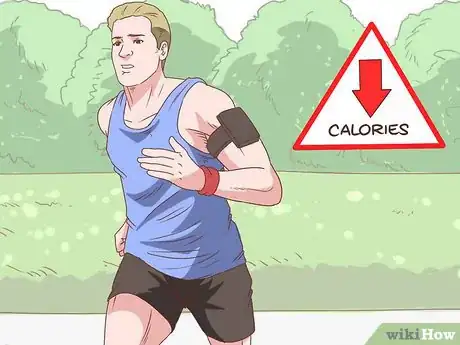
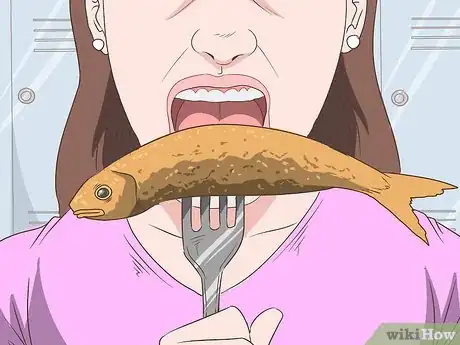

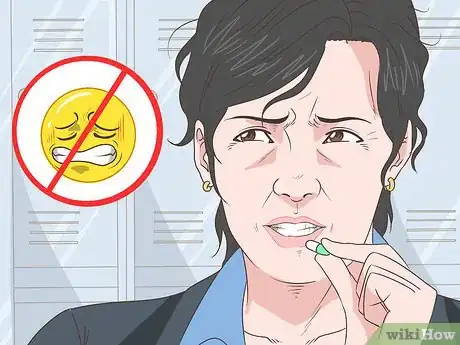





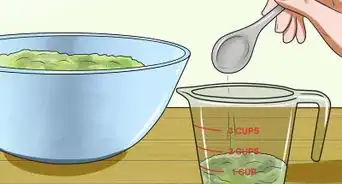


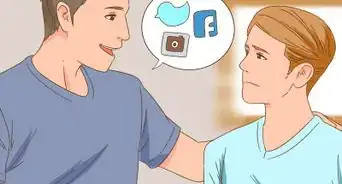



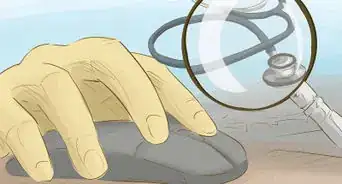












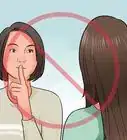



































Medical Disclaimer
The content of this article is not intended to be a substitute for professional medical advice, examination, diagnosis, or treatment. You should always contact your doctor or other qualified healthcare professional before starting, changing, or stopping any kind of health treatment.
Read More...